We are a multidisciplinary research group at Istanbul Medipol University
Our laboratory develops novel techniques in the fields of Quantitative Phase Imaging (QPI), Digital Holographic Microscopy, and Holo-Tomography to explore the unseen microscopic world.
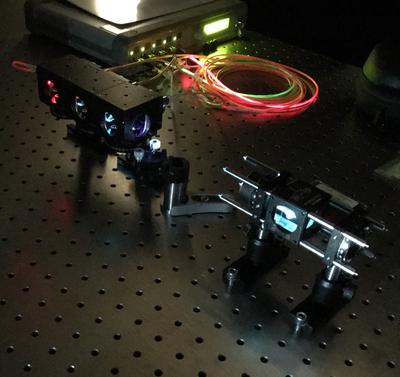
Latest News
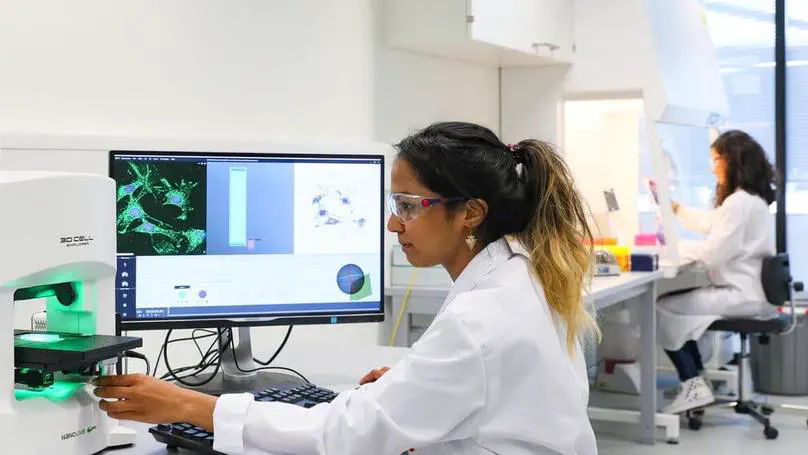
Since spring 2019, EPFL’s students have had a gateway to a new world. That was when EPFL’s Discovery Learning Labs (DLL) acquired a 3D Cell Explorer, made by EPFL spin-off Nanolive, for educational purposes. This microscope, which was designed on the EPFL campus, provides high-resolution images of cellular organelles, allowing students to observe them in their natural environment and watch them develop in real time.

Tıpta yeni bir dönem başlatan holo-tomografik mikroskobun mucidi ve uzayda biyolojik görüntüleme için Avrupa Uzay Ajansı’nın kullandığı systemin kurucusu.
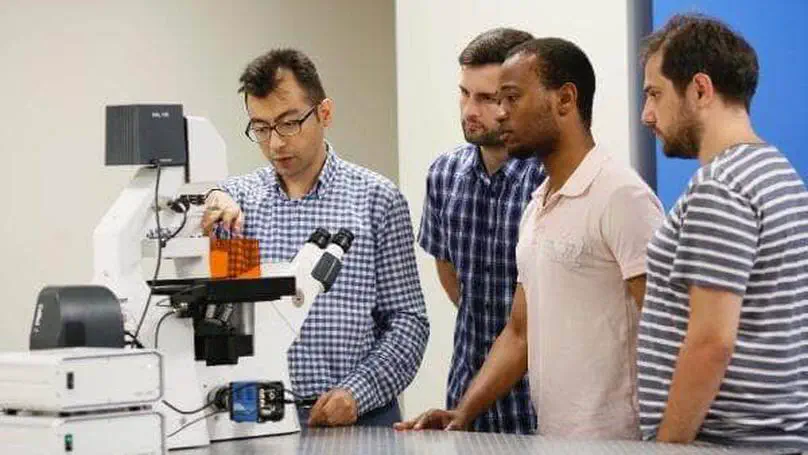
İstanbul Medipol Üniversitesi ‘Yenilikçi Mikroskop Teknolojileri Merkezi’nde geliştirilecek süper-çözünürlüklü ve 3 boyutlu mikroskoplar, erken evre kanserlerin teşhisine destek vermeyi amaçlıyor.
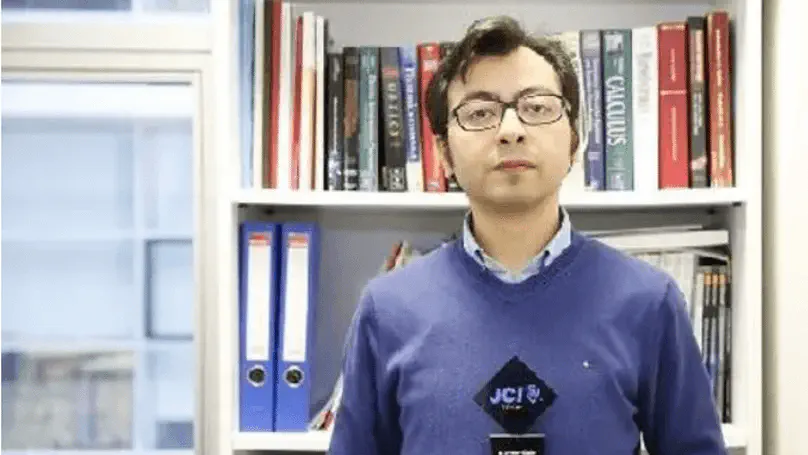
Dünyanın en eski ve en yaygın sivil toplum kuruluşlarından biri olan JCI - Junior Chamber International (Uluslararası Genç Liderler ve Girişimciler Derneği), Medipol’den Yrd. Doç. Dr. Fatih Toy’u Fen ve Teknik Gelişme alanında “Türkiye’nin En Başarılı Genç İnsanı” olarak gösterdi.
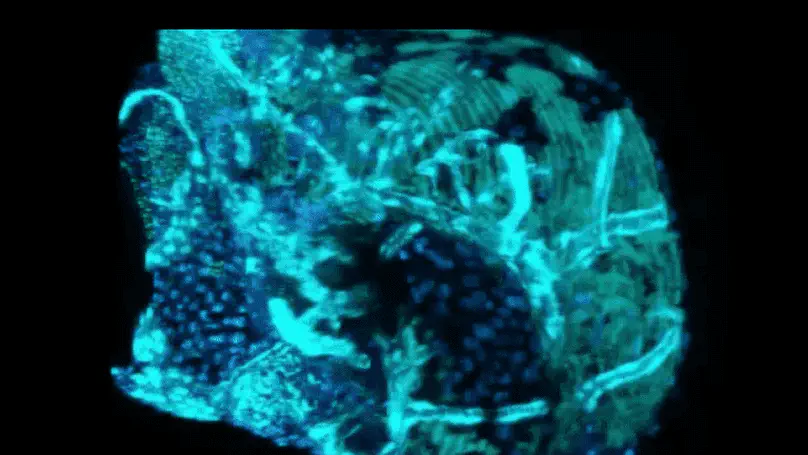
Uzaydaki yerçekimsiz ortam kas erimesine neden olmaktadır. Yer çekimsiz ortamda kas hücrelerini anlık görüntüleyen sistemler ile ilk defa kas erimesinin nedenleri Avrupa Uzay Ajansı tarafından araştırılıyor. Ve bizi gururlandıran güzel haber: Bu sistem bir Türk bilim adamı Yrd. Doç Dr. M. Fatih Toy tarafından geliştiriliyor ve kendisi tarafından Zero G uçuşlarında test ediliyor.